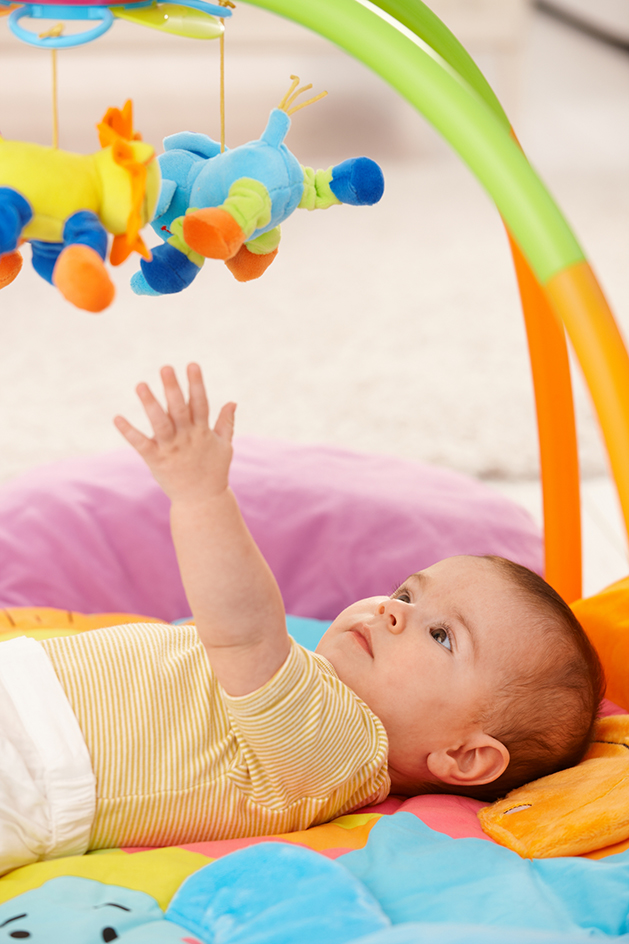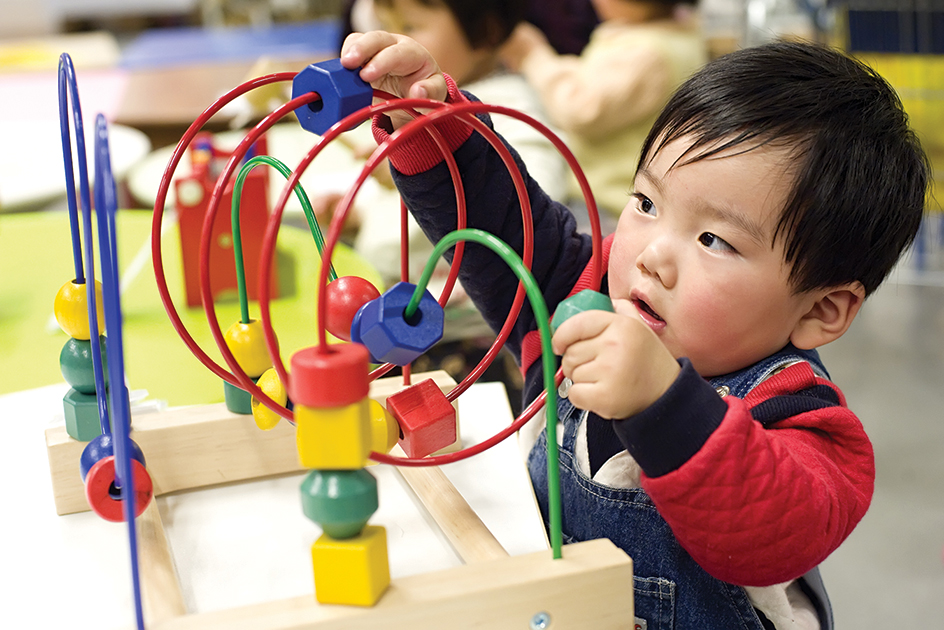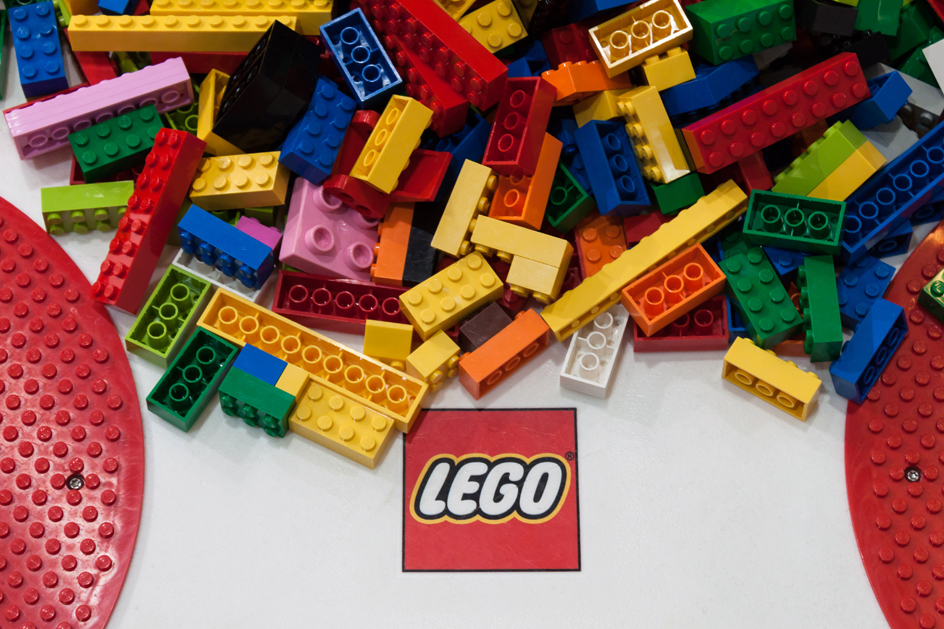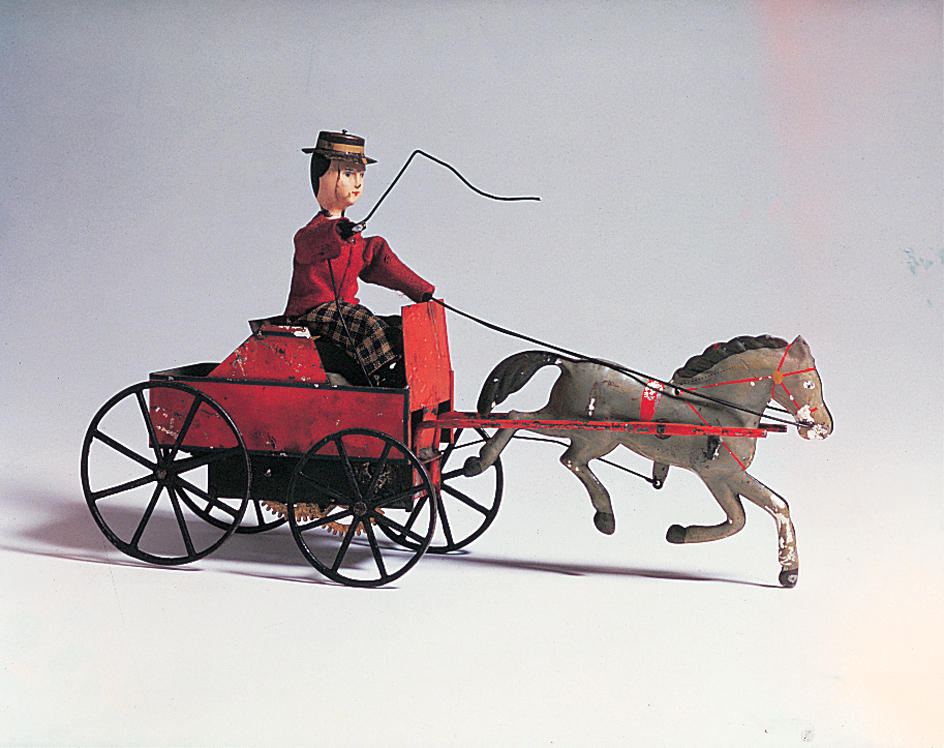Toy is an object children can use as a plaything. Children throughout the world play with similar toys, such as balls, dolls, games, and puzzles. Since ancient times, toys have played an important role in children’s lives. Some toys enable children to have fun while learning about the world around them. Games can help teach children to get along with others. Toys may also help them learn and develop special skills.
Manufacturers make thousands of different toys. A child plays with toys of increasing sophistication at each stage of his or her development. Toys can be divided into three main groups: (1) toys for infants, (2) toys for early childhood, and (3) toys for late childhood.
Toys for infants.

An infant’s first toys are often soft musical toys and mobiles (colorful, moving structures hung above a crib). These toys begin to stimulate vision and hearing. Later, when babies can hold or grasp toys on their own, they play with rattles, plastic blocks, and stuffed animals. Unbreakable mirrors help infants recognize themselves. As they begin to walk, youngsters like to play with push toys that help them balance. They also push themselves along with their feet on automobiles and other wheeled riding toys. Infants are mentally stimulated by simple puzzles and picture books.

Toys for early childhood.
After children learn to walk and run, they become more interested in exploring the world around them. In these years, from ages 2 to 6, children need more physical play to develop the muscles in their arms and legs. Play with large building blocks and wagons helps strengthen these muscles.
Children use their imagination when they play with small, plastic people or farms. Other toys help children develop mentally by encouraging them to count, speak, read, tell time, and work at a table or desk. These toys include plastic letters and numbers, toy telephones, picture storybooks, and pegboards. Puzzles challenge children to take things apart and put them back together. At this time, children often learn about emotions and caring through play with special dolls or stuffed animals.
Toys for late childhood.
In late childhood, from ages 6 to 12, toys become part of more elaborate imaginative play. In doll play, children pretend that they are parents and use strollers, doll beds, and feeding equipment. Children also enjoy playing with action figures, such as robots, soldiers, and space aliens. In these years, children may learn to use clay, paints, and pastels as their artistic ability grows. Board and computer games help develop a child’s mind. In many of these games, children must plan their own strategies and also guess what their opponents will do.

Near the end of childhood, boys and girls enjoy building model cars and ships and working with hobby kits. Kits, such as woodburning or embroidery, help develop discipline and patience. Children who like science may spend hours with chemistry sets or microscopes. These activities may persist as adult hobbies.
History.
Children have played with toys for thousands of years. In ancient Africa, children enjoyed balls, toy animals, and pull toys. Children of ancient Greece and Rome had fun with boats, carts, hoops, and tops. During the Middle Ages in Europe, popular toys included clay marbles, rattles, and puppets.
Before the development of large toy factories, parents or craftworkers made toys. By the 1800’s, most children in the United States played with homemade toys or imported toys from Europe. Toy manufacturing became an important U.S. industry in the early 1900’s.

In 1969, Congress passed the Child Protection and Toy Safety Act, which enabled the government to recall or prohibit the sale of toys that were shown to be harmful. Such toys may contain poisonous substances, catch fire easily, have loose parts a child can swallow, or have unprotected points or sharp edges.
